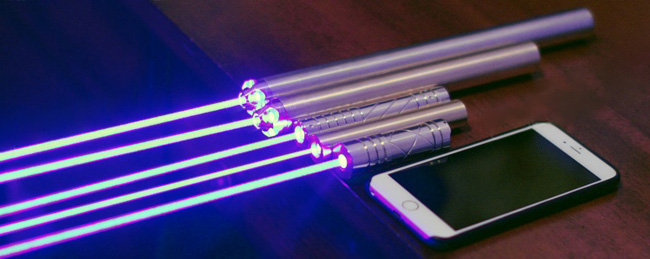So the question is: how to place and fix such a small target? How to achieve a high vacuum environment? We made a set of structures similar to a mechanical arm called a target frame, which can fix the target on its specific fulcrum, and place the fulcrum in the center of the target chamber through the motion mechanism (the accuracy is generally on the order of 10-20μm in hair wire size) ).
The high vacuum environment is similar to the vacuum packaging bags in daily life. The ultra-high-power vacuum pump is used to evacuate the gas in the target chamber, usually reaching 10-3 Pa (at normal pressure is 105 Pa). Vacuum technology has evolved from the Shenguang I molecular pump to the current cold pump. The shooting range is the end of the laser pointer device system, serving the shooting range. Don’t look at the target area only in the order of mm. In order to focus multiple beams (usually about 10~200 beams) of laser light on the target from all angles in all directions, many optical components are needed, and a lot of space is needed to achieve the experiment. The purpose of target shooting.
Generally, multiple laser beams arriving at the shooting range are arranged by n parallel lines. In order to inject from each hole in the target ball, they need to be guided to different angles respectively, and finally reach the goal of injecting into the target chamber. Of course the easiest way to achieve this goal is to use a mirror! Everyone knows the principle of specular reflection of light, so according to the incident angle requirements, we can properly configure the mirror on the propagation path of each beam to guide the laser beam.
The question is coming again: Some beams have a relatively large aperture (such as 300mm), so when the mirror is placed at 45 degrees, is the size of the mirror 300*300mm enough? Obviously not enough, in order to avoid light leakage, the direction of the oblique contact must be longer. According to the Pythagorean theorem, the ratio of the hypotenuse to the right-angle side of an isosceles right-angled triangle is: 1, that is, the length-to-width ratio of the reflector is: 1.
Laser beam control and transformation. The ability to successfully guide the green laser pointer is only the first step for target shooting. As we all know, the laser output is a long-wavelength laser deflecting red light or infrared light. However, with the deepening of the experiment, we found that short-wave lasers of violet light or near ultraviolet light are more likely to excite significant experimental effects and even achieve fusion conditions. Therefore, in the shooting range, how to convert long-wave light of about 1 μm into short-wave light of about 0.3 μm becomes a key issue.
The output of Shenguang I is 1w fundamental frequency laser (wavelength about 1.053μm). Under the driving of X laser and ICF experiment, it gradually transitions to 2w frequency doubling laser (wavelength about 0.527μm) in Shenguang II device. With the increasing demand for fusion indirectly driven by ICF, the use of 3w ultraviolet laser (wavelength about 0.351μm) has become the mainstream. This requires “harmonic conversion”, that is, the use of crystal-like components to convert the laser wavelength to short wave. This is a nonlinear process, and the schematic description of the simple equation is as follows:
It can be seen from the equation that at the end of the laser device, the KDP crystal capable of frequency doubling and frequency doubling functions is the key. At first, it was impossible to grow the crystal to the 300mm size of the beam diameter in China. With the improvement of scientific and technological capabilities, large-diameter KDP crystals can now be well used in the device.
